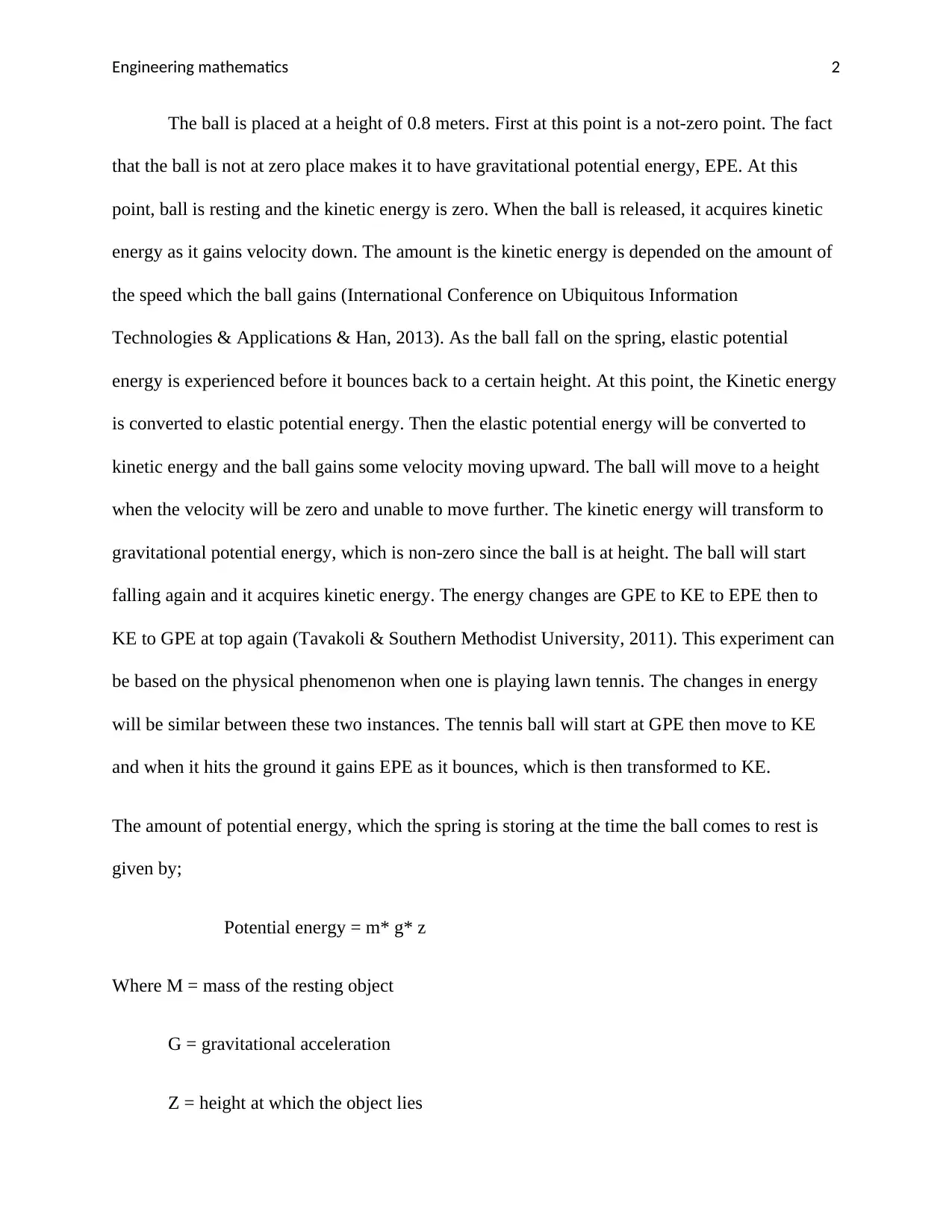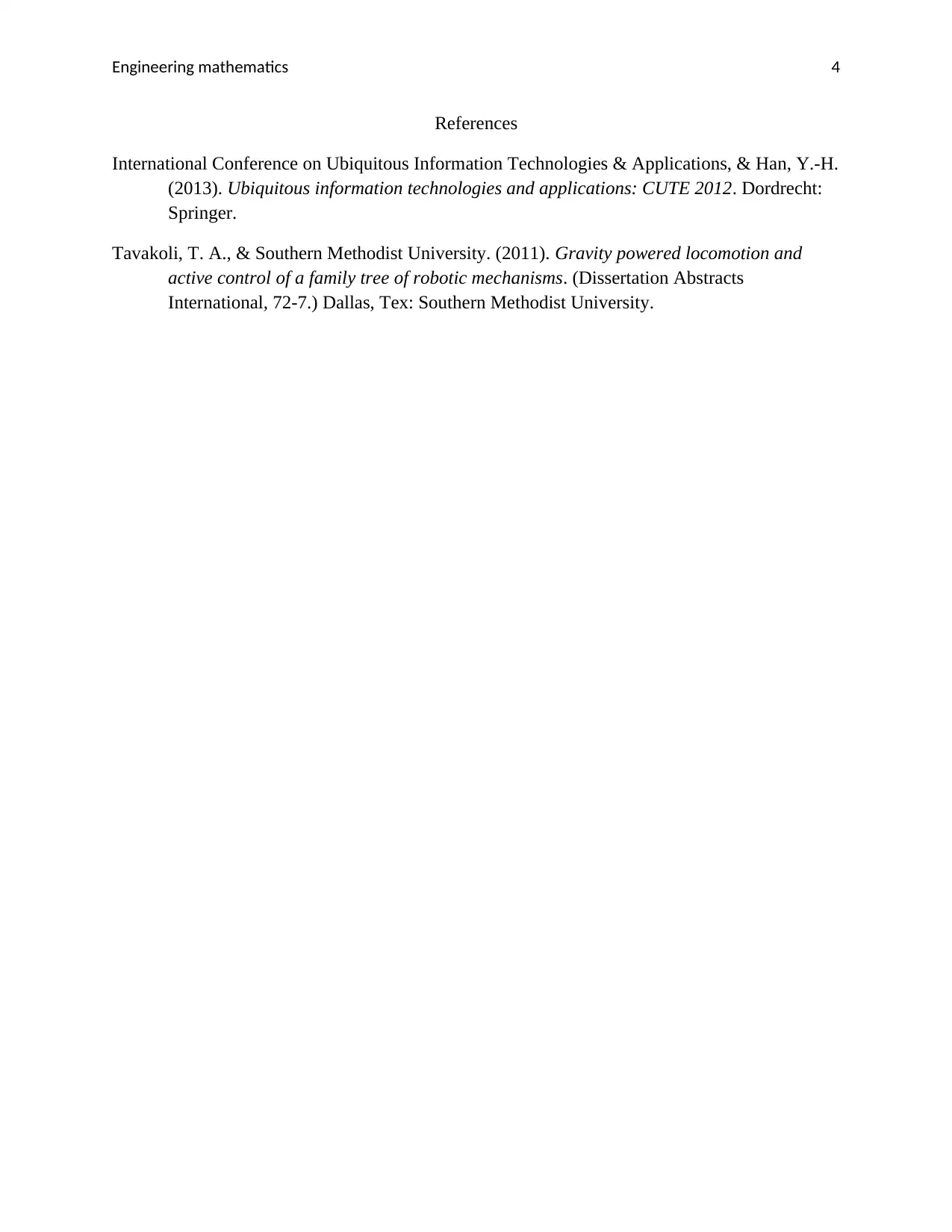This assignment delves into the concept of energy transformations through the example of a falling ball. It begins by explaining the initial gravitational potential energy (GPE) possessed by the ball at rest. As the ball falls, GPE converts into kinetic energy (KE), which increases with velocity. Upon hitting a spring, the KE transforms into elastic potential energy (EPE), storing energy within the spring. This EPE is then released back into KE, propelling the ball upward until it reaches its maximum height and converts the KE back to GPE. The cycle repeats as the ball falls again. The assignment also provides a formula to calculate potential energy based on mass, gravity, and height, using a specific example with a 5 kg ball resting at 0.2 meters.
![[object Object]](/_next/static/media/star-bottom.7253800d.svg)
![[object Object]](/_next/static/media/star-bottom.7253800d.svg)



